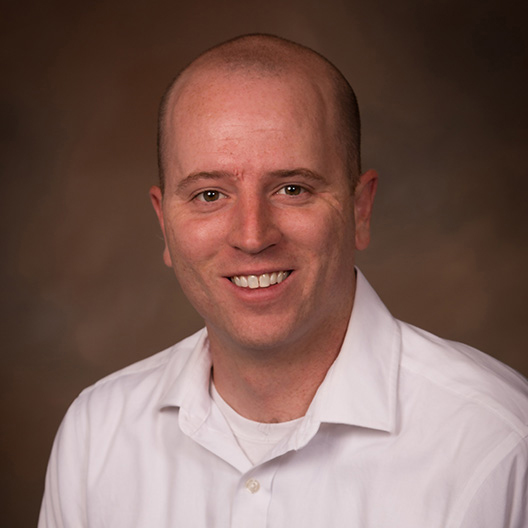What are you trying to do? Articulate your objectives using absolutely no jargon.
In my lab, we quantify material behavior under extreme conditions using a variety of novel tools and imaging techniques. The materials investigated have applications in impact mitigation, vehicle weighting, solider protection, and nuclear energy production.
How is it done today, and what are the limits of current practice?
The information that can be extracted during high strain-rate experiments is limited due to the short timescales involved. Timescales range from 100 nanoseconds to milliseconds, making it difficult to obtain precise full-field measurements. Furthermore, most high strain-rate experiments are conducted under ambient conditions, which do not reflect the application temperatures to which the obtained data is applied.
What is new in your approach and why do you think it will be successful?
We focus on maximizing the output of each experiment conducted through the incorporation of as many diagnostic tools as possible. Typically we integrate precise specimen heating, real-time temperature measurement (>1M samples/second), and full-field imaging. Using these tools, we push forward our understanding of material behavior to allow for greater modeling fidelity.
Who cares? If you are successful, what difference will it make?
The work done in our lab broadly benefits society by identifying candidate materials that provide improved fuel efficiency, reduce greenhouse gas emissions, secure energy futures through advancing next-generation nuclear reactor technology, and ensure the safety of soldiers and military vehicles.

